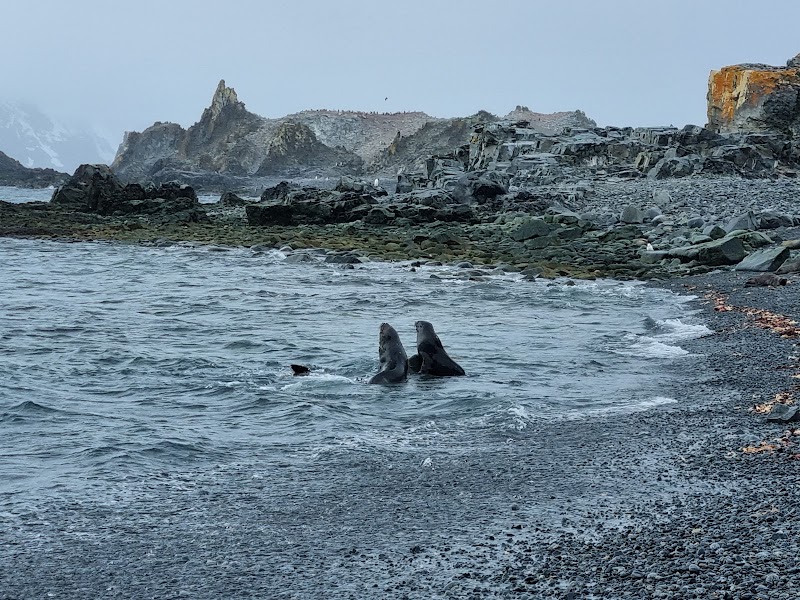
Antarctic Specially Protected Areas (ASPA) Adventures
Antarctic Specially Protected Areas (ASPA) are designated regions across Antarctica set aside to safeguard unique ecological, scientific, historical, and wilderness values, offering a rare glimpse into one of Earth's most pristine environments.
About Antarctic Specially Protected Areas (ASPA)

Antarctic Specially Protected Areas (ASPA) are zones established under the Antarctic Treaty System to preserve and protect exceptional natural, scientific, historical, and environmental values in Antarctica. Spread throughout the continent and surrounding islands, these areas include ice-free grounds, marine habitats, breeding colonies, and locations of significant geological or historical interest. The designation aims at minimizing human impact through strict access controls, permitting requirements, and ongoing scientific monitoring. Geographically diverse, ASPAs range from coastal ecosystems supporting vast seabird and seal populations to inland valleys known for unique microbial life and undisturbed geological formations. Ecologically, many ASPAs protect breeding sites for species such as Adélie penguins, Weddell seals, and various seabirds, as well as fragile tundra communities that are rare on Earth. Historically, some protect early exploration huts and sites, reflecting humanity’s Antarctic heritage. Recreational activities in ASPAs are extremely limited due to preservation efforts, but scientific expeditions and carefully managed visits emphasize low-impact observation, wildlife photography, and environmental study. Notable ASPAs include areas like Cape Royds, home to Emperor penguin colonies, and the intricate moss beds of Fildes Peninsula. Visitor appeal lies primarily in the opportunity to witness largely untouched Antarctic ecosystems, exceptional wildlife diversity, and remarkable natural phenomena such as vast ice fields and unique rock formations. Access is carefully controlled by permitting authorities ensuring the conservation of these fragile areas, which remain among the most strictly protected environments on the planet.
Highlights
Emperor Penguin breeding grounds at Cape Royds ASPA
Unique moss and lichen communities at Fildes Peninsula ASPA
Historic huts of Scott and Shackleton protected as cultural heritage
Lichfield Island's diverse seabird colonies and pristine environment
Notable Natural Features
Cape Royds ASPA
Home to one of the southernmost Emperor penguin colonies and historic Antarctic expedition huts.
Fildes Peninsula ASPA
Contains rare Antarctic moss beds and lake systems supporting diverse microbial life.
Lichfield Island ASPA
A small island designated to protect well-preserved seabird breeding habitats and near-pristine terrestrial ecosystems.
